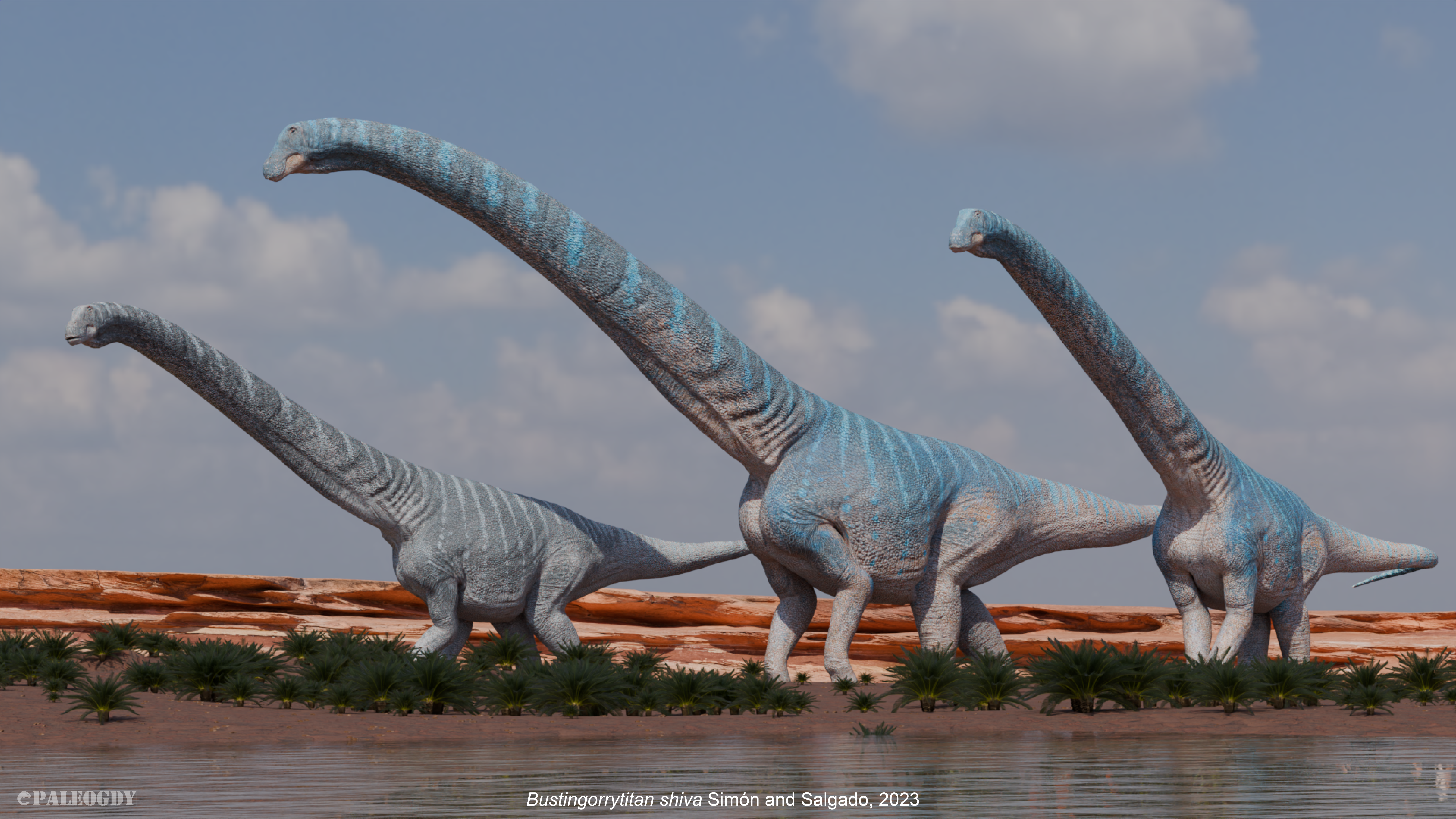
Patrick Pester
Patrick Pester is the trending news writer at Live Science. His work has appeared on other science websites, such as BBC Science Focus and Scientific American. Patrick retrained as a journalist after spending his early career working in zoos and wildlife conservation. He was awarded the Master's Excellence Scholarship to study at Cardiff University where he completed a master's degree in international journalism. He also has a second master's degree in biodiversity, evolution and conservation in action from Middlesex University London. When he isn't writing news, Patrick investigates the sale of human remains.
Latest articles by Patrick Pester
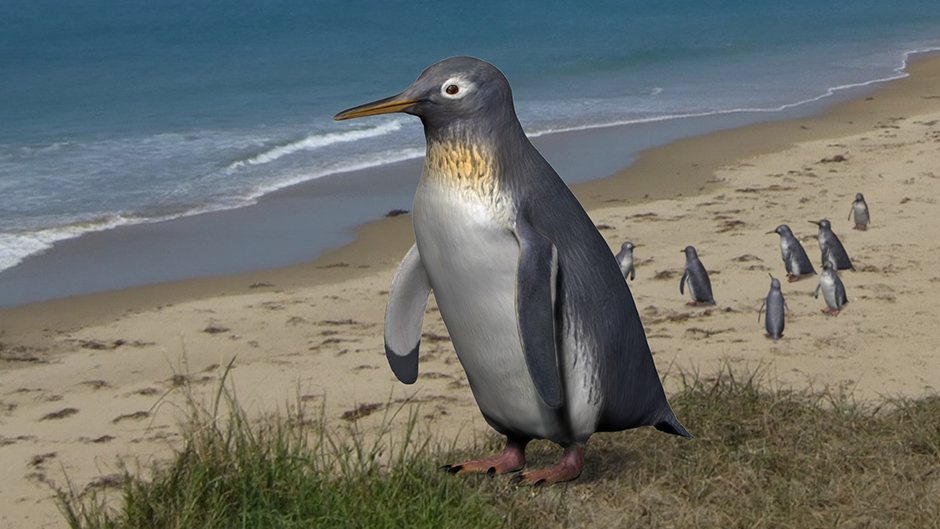
Meet 'small diver': One of the tiniest penguins ever discovered
By Patrick Pester published
A tiny extinct penguin from New Zealand is key to understanding penguin wing evolution, researchers say.

Minerals evolve under pressure in the same way life does, researchers find
By Patrick Pester published
Researchers say they've discovered evidence for the recently proposed 'law of increasing functional information' by proving that minerals evolve as life does.
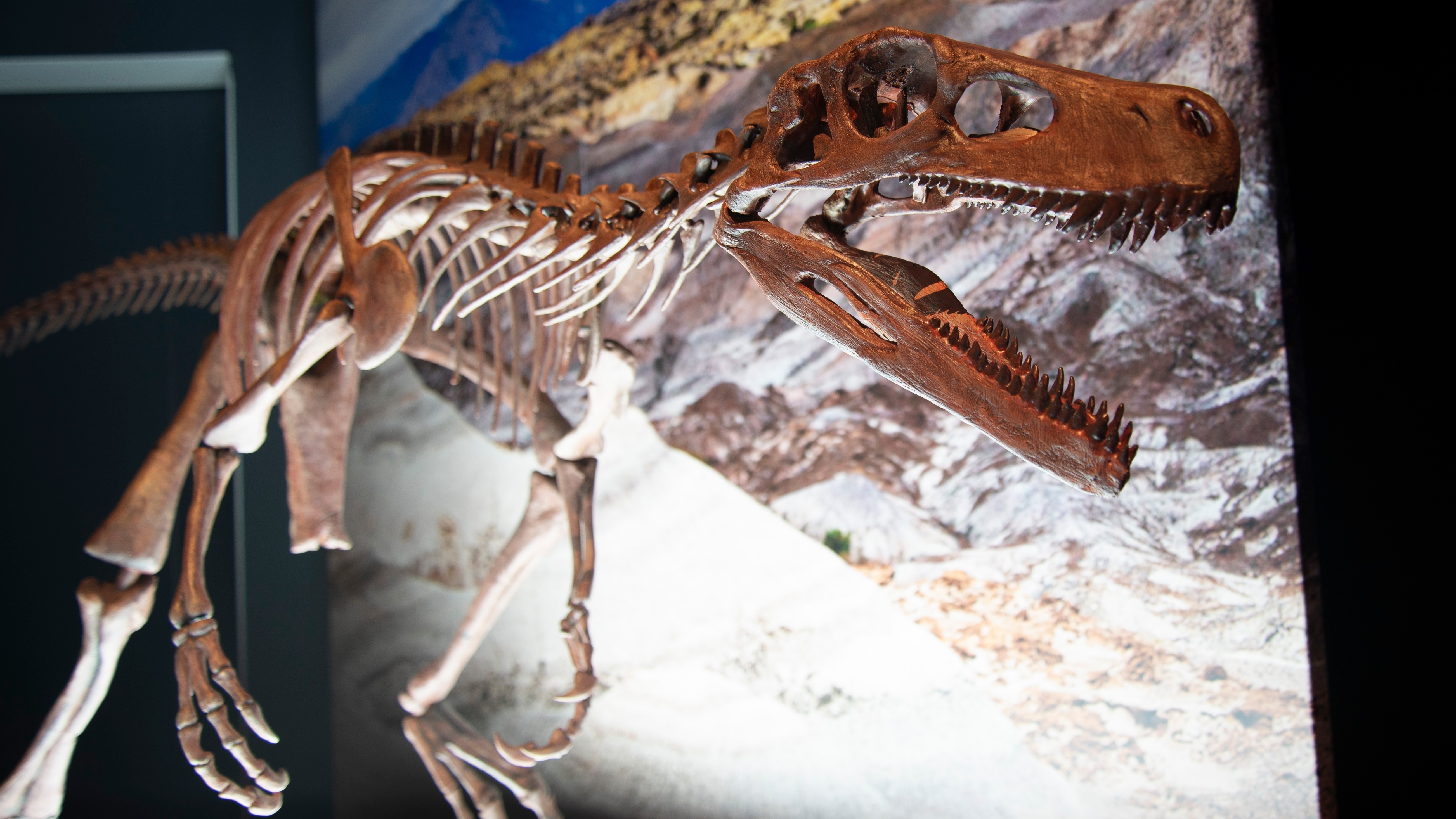
Heavy rains expose one of the oldest dinosaur skeletons ever discovered, researchers claim
By Patrick Pester published
Researchers say they've recovered one of the world's oldest known dinosaurs after heavy rains exposed a Herrerasaurid skeleton in southern Brazil.
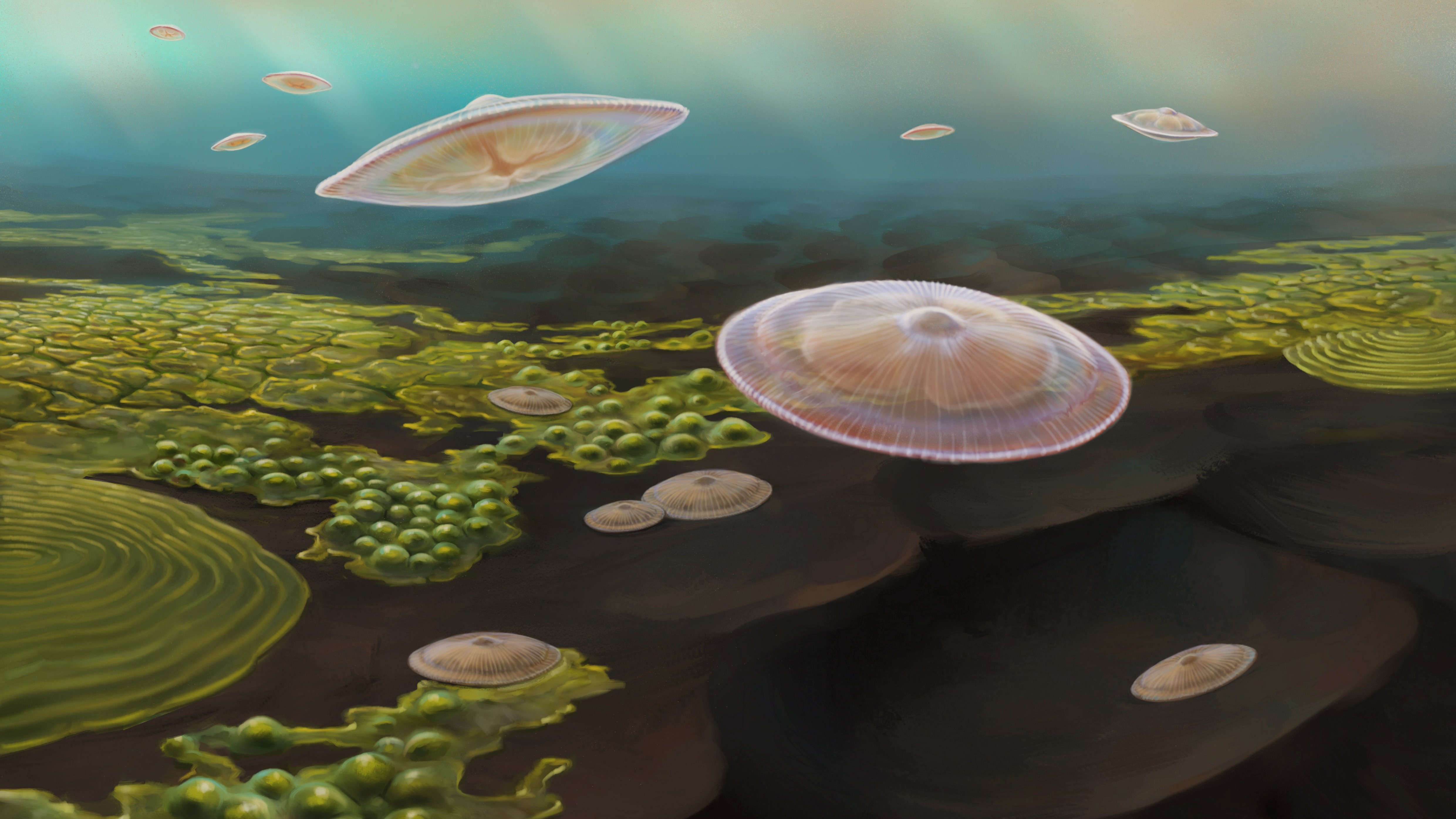
Continental collision 2.1 billion years ago may have sparked '1st attempt' at complex life on Earth
By Patrick Pester published
Researchers have laid out the case for complex life evolving 2.1 billion years ago, but not everyone is convinced it started so early.
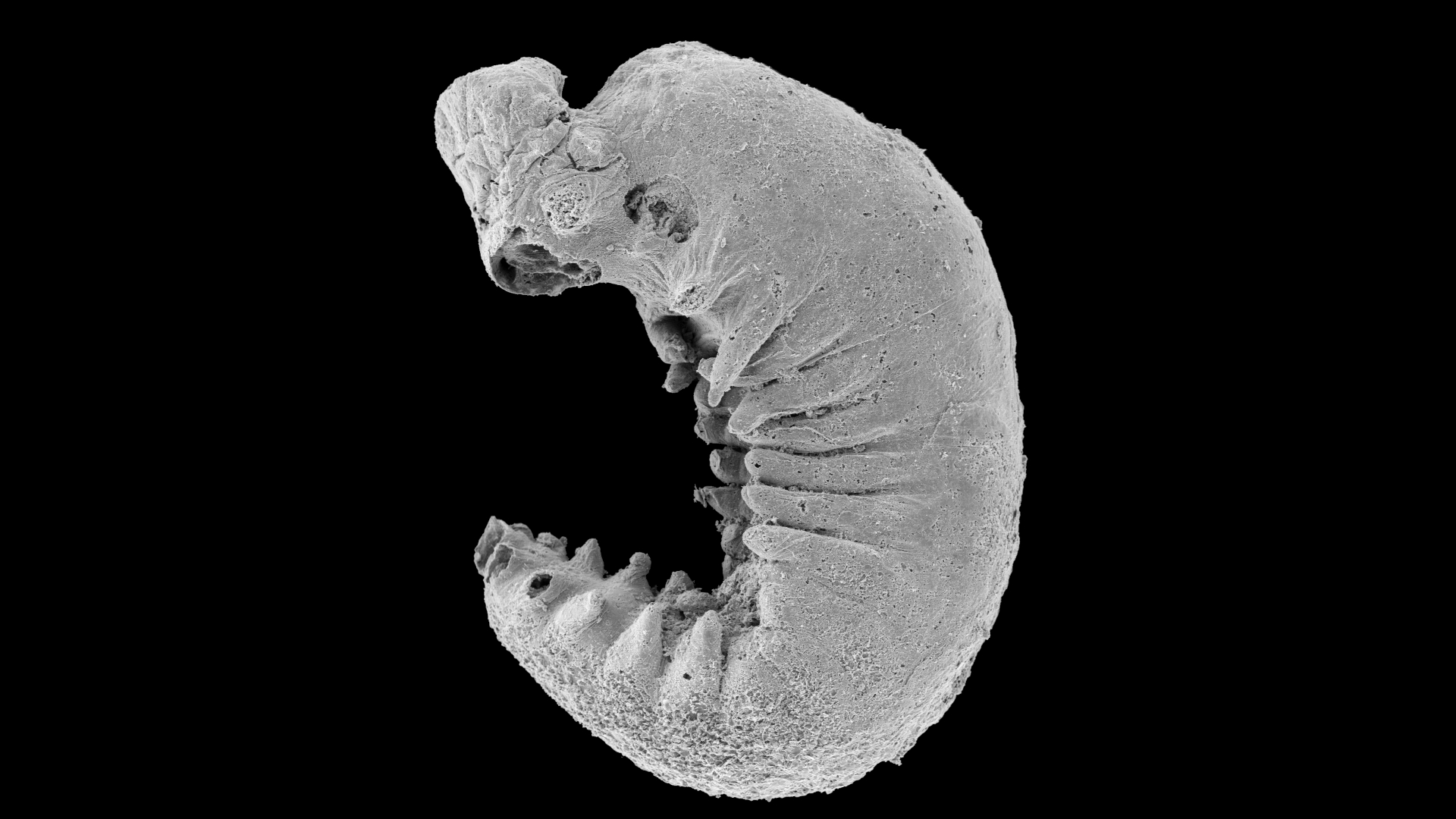
'My jaw just dropped': 500 million-year-old larva fossil found with brain preserved
By Patrick Pester published
The newly discovered Youti yuanshi larva fossil is so well-preserved that it provides a road map for arthropod evolution during the Cambrian period.
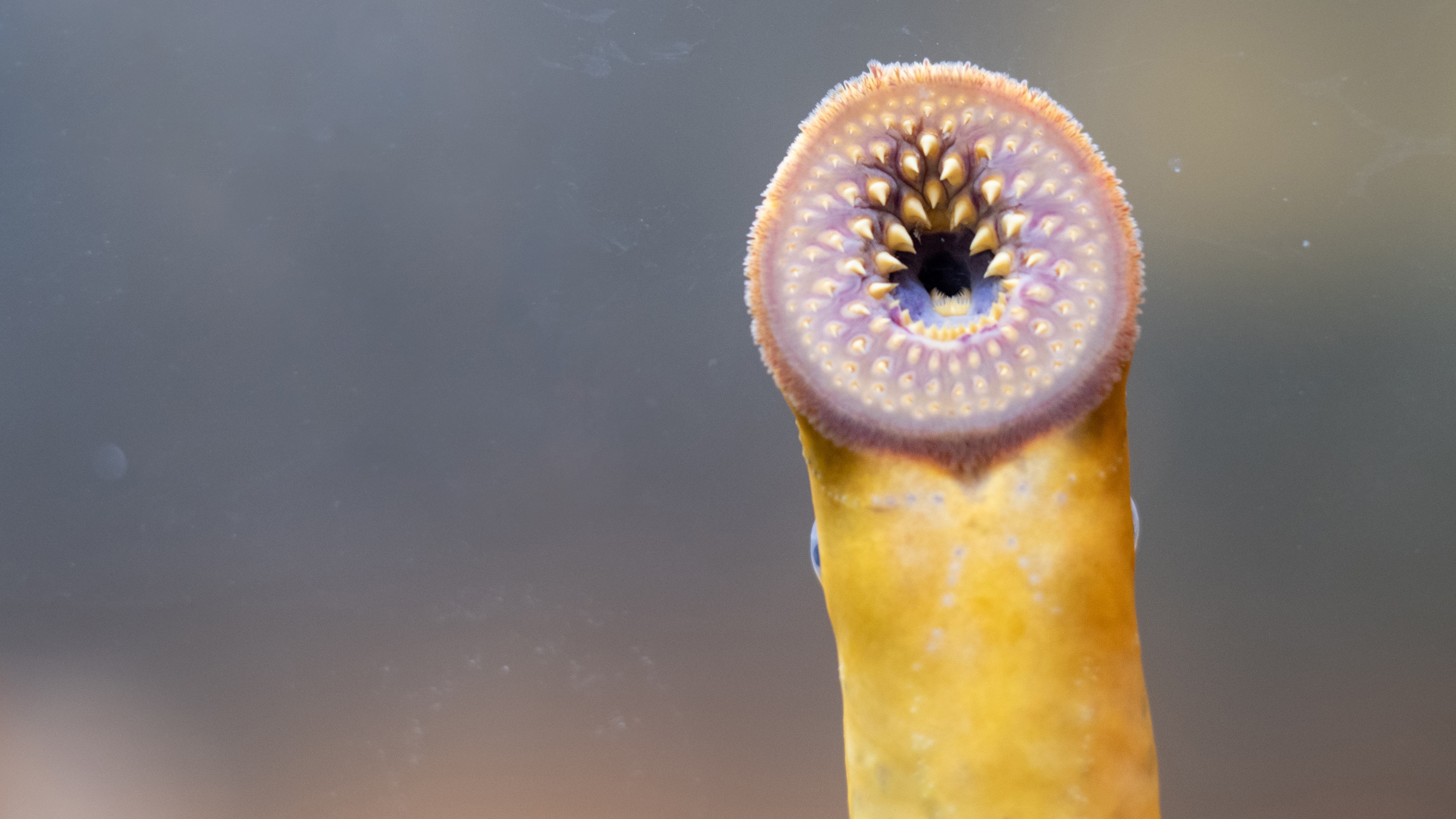
Human origins tied to ancient jawless blood-sucking fish
By Patrick Pester published
Researchers have traced cell origins critical to vertebrate evolution by studying a group of primitive, bloodsucking fish called lampreys.

What's the most dangerous sport in the world?
By Patrick Pester published
It's hard to compare sports head-to-head, but some stand out in terms of their risk of causing injury or death.
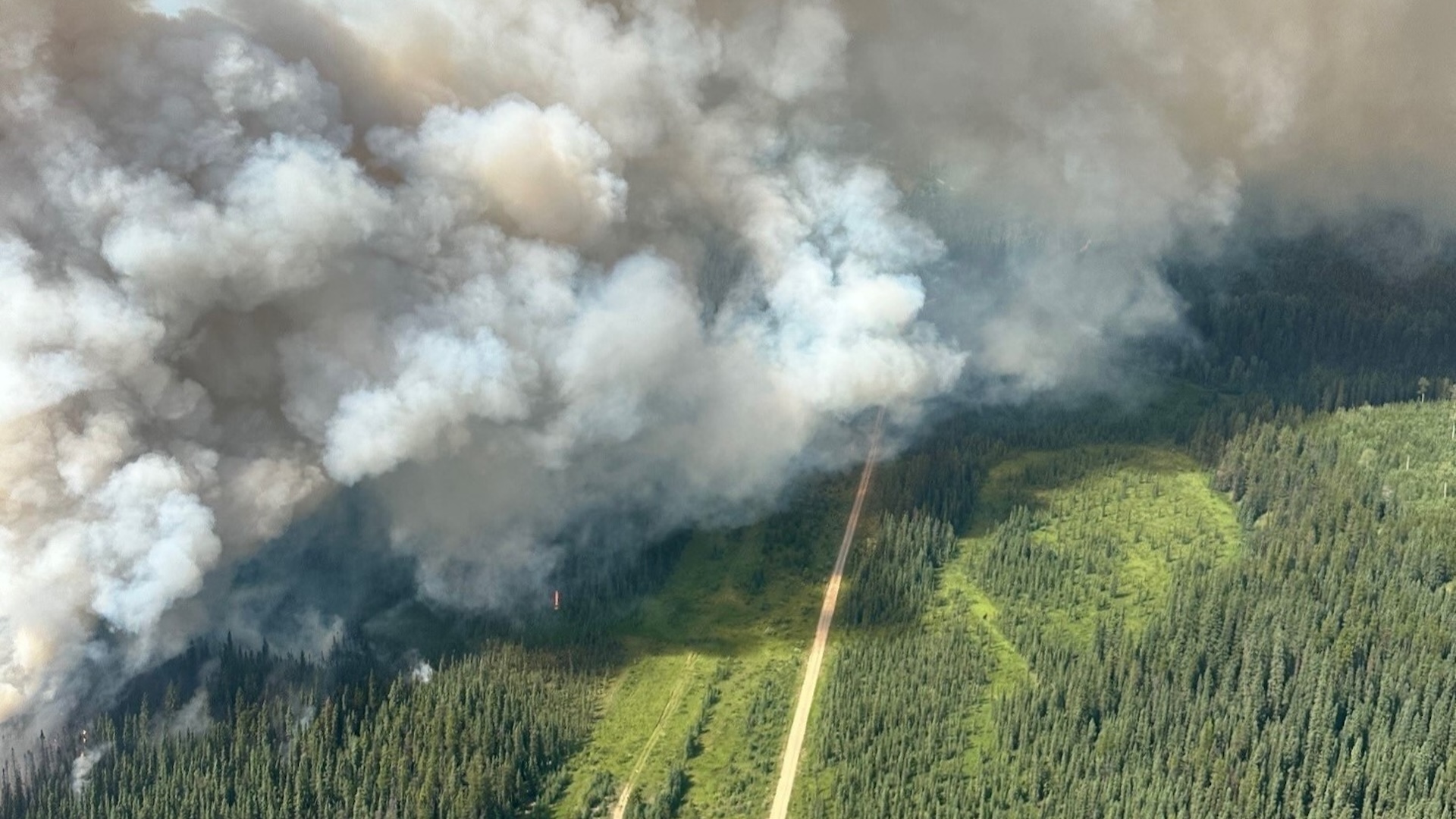
'Wall of flames' from out-of-control Canadian wildfire devastates town of Jasper and national park
By Patrick Pester published
Firefighters are battling a 'monster' wildfire in the evacuated town of Jasper and Jasper National Park in Alberta, Canada.
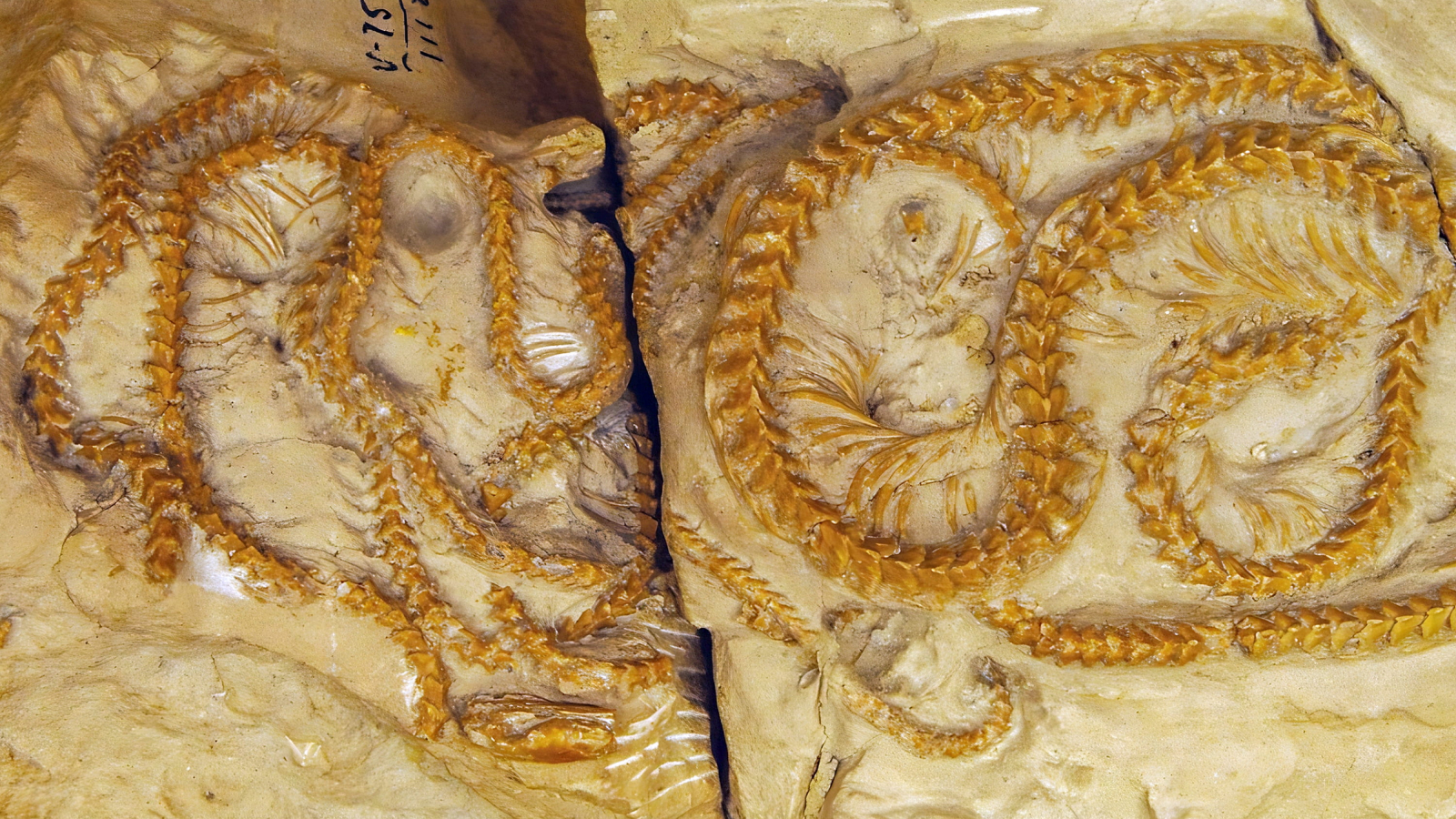
Spectacularly rare fossils of snakes that died huddled together 38 million years ago unearthed in Wyoming
By Patrick Pester published
Three fossilized snakes that died huddled together 38 million years ago are now called the "winter serpents."

There's a 2nd El Niño — and scientists just figured out how it works
By Patrick Pester published
A new simulation shows that an El Niño-like climate pattern begins near New Zealand and Australia, and can trigger temperature changes across the Southern Hemisphere.
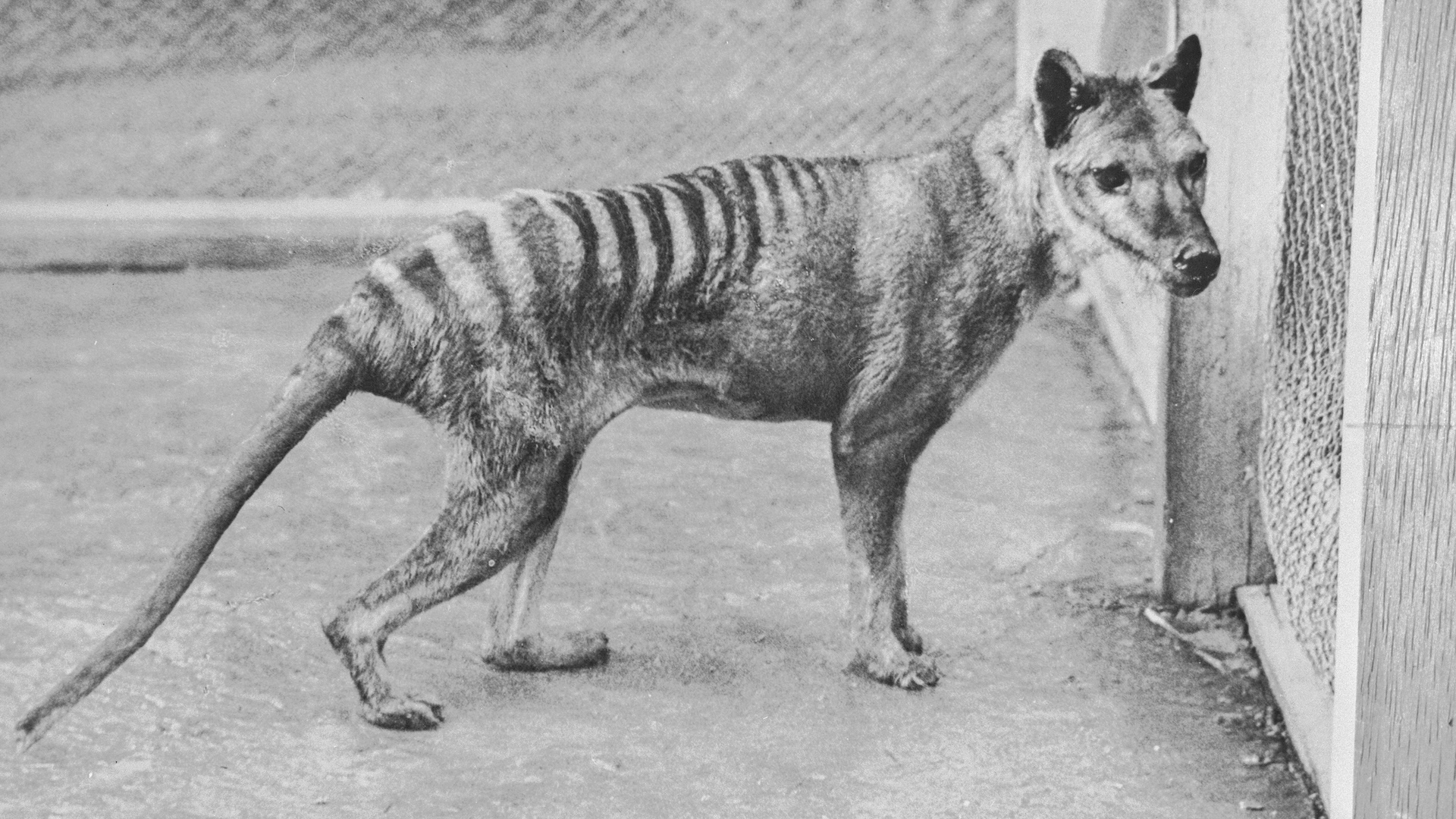
How many animal species have humans driven to extinction?
By Patrick Pester published
Animals are disappearing too fast for researchers to record all of the extinctions we've caused.
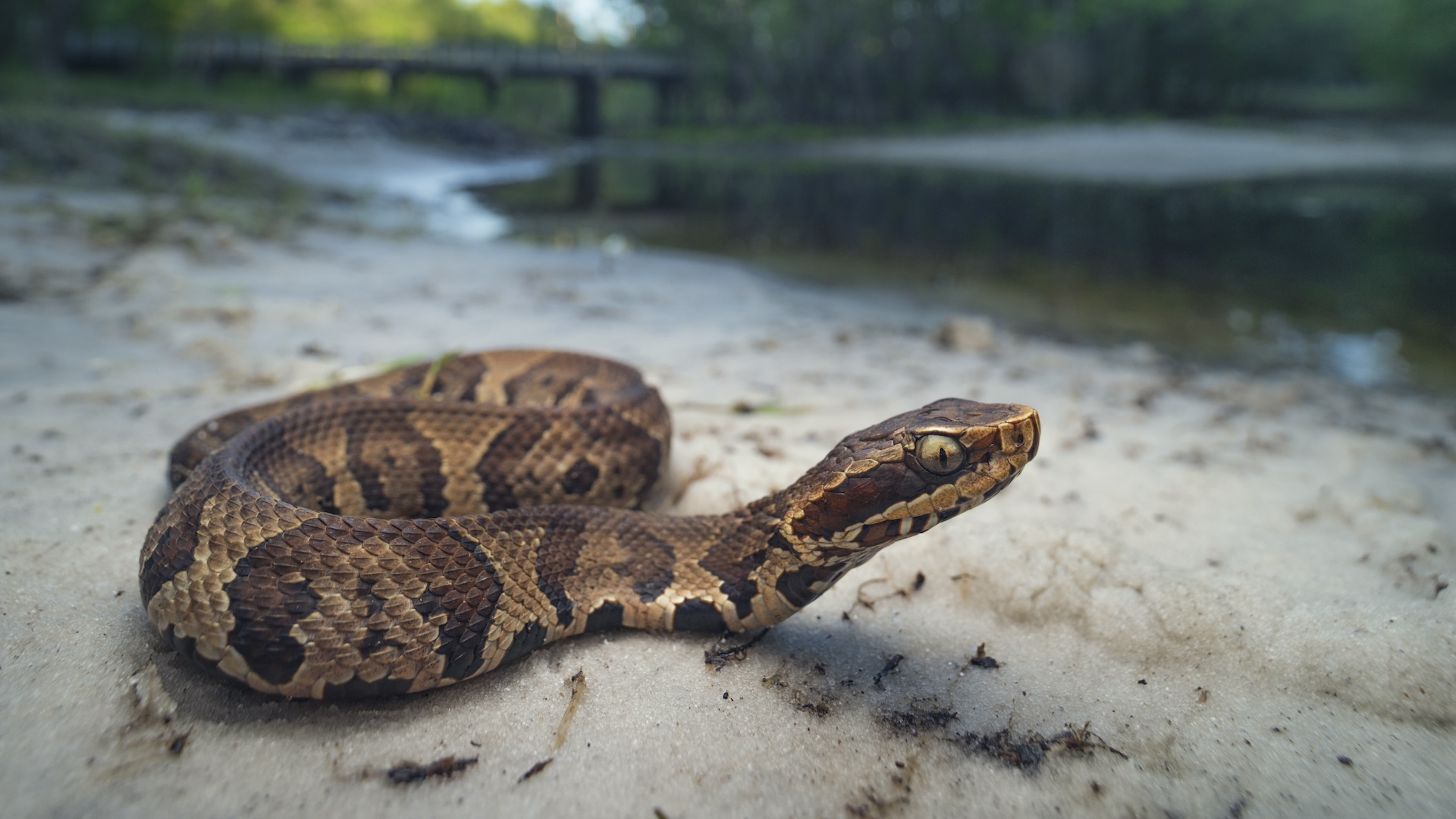
Cottonmouth snakes: Facts about water moccasins
By Patrick Pester, Jessie Szalay last updated
Cottonmouth snakes, also known as water moccasins, are venomous snakes found throughout the southeastern U.S. that can be identified by the white color in their mouths.

AI is rapidly identifying new species. Can we trust the results?
By Patrick Pester published
Artificial intelligence is revolutionizing the way scientists monitor wildlife and find new species, but how effective are these new systems?

Have giant humans ever existed?
By Patrick Pester published
Some humans have always stood head and shoulders above their peers, but there's nothing mythological about these real-life human giants.
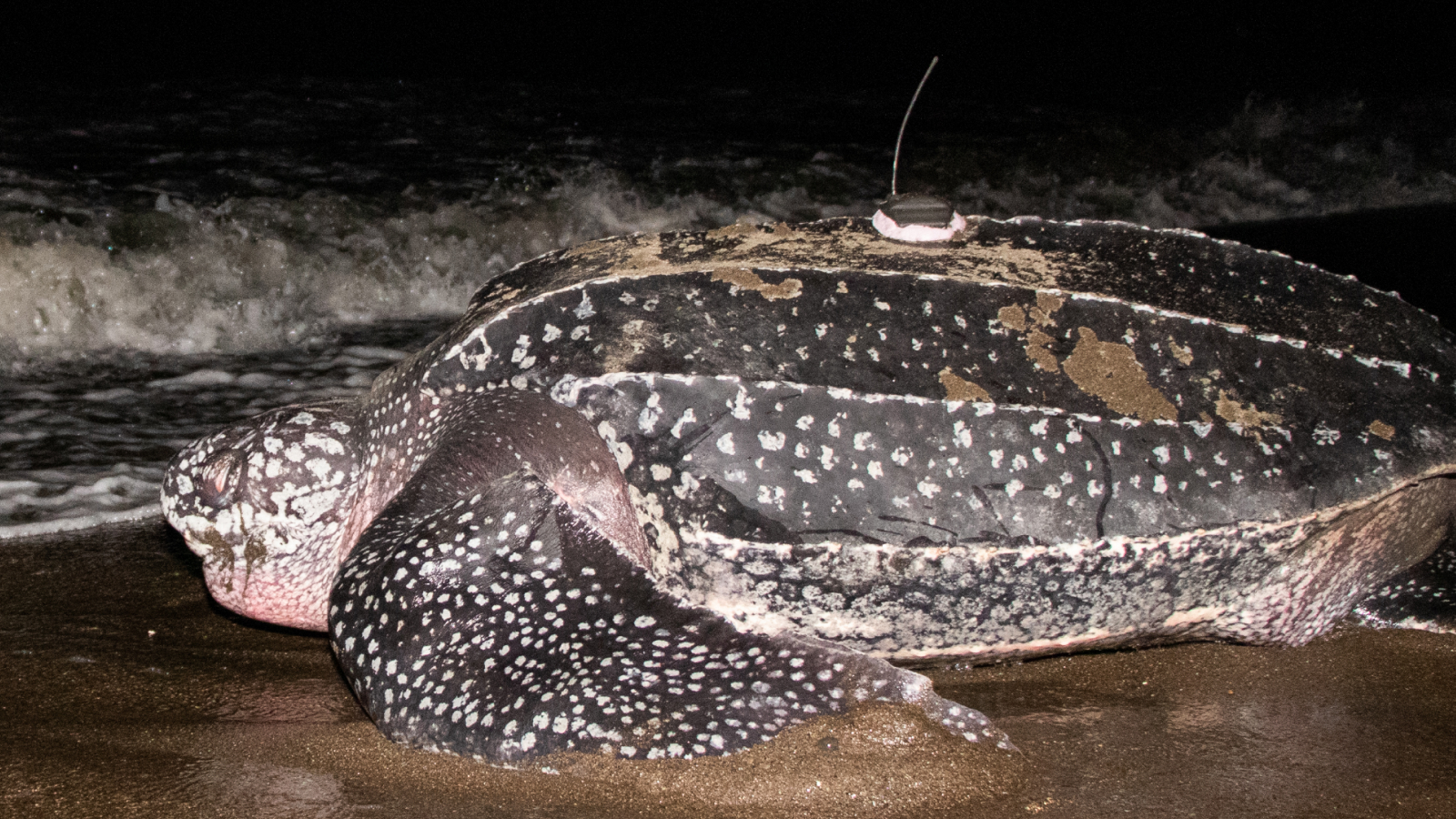
Leatherback turtle dives deeper than a Navy sub, smashing world record in the process
By Patrick Pester published
A Western Pacific leatherback migrating from her nesting grounds in the Solomon Islands dove to a whopping 4,409 feet, conservationists say.
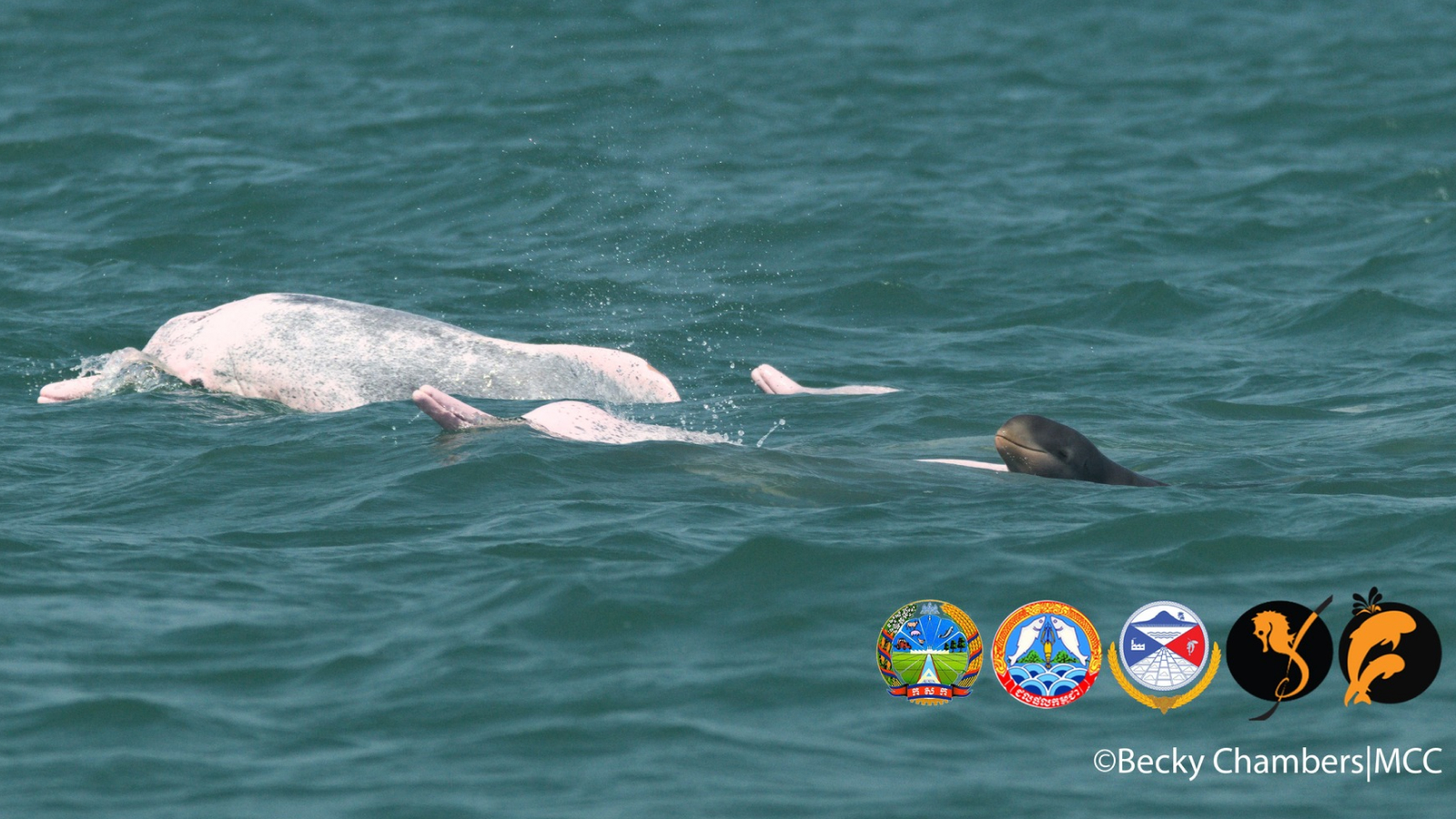
Pink dolphins spotted with baby from completely different species in 'mystery' encounter
By Patrick Pester published
Researchers snapped a photo of a baby Irrawaddy dolphin in a group of Indo-Pacific humpback dolphins swimming off the coast of Cambodia.
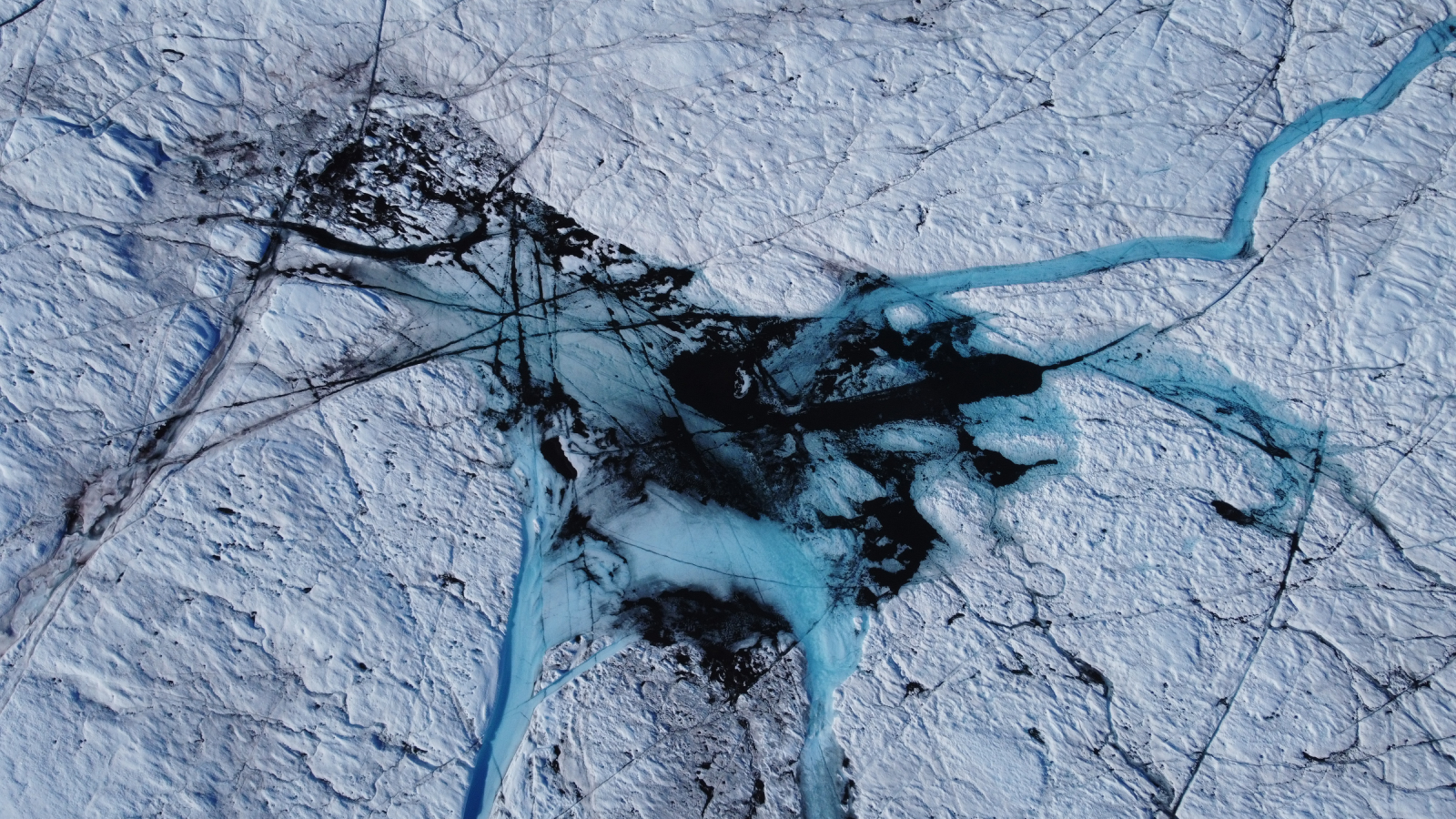
Giant viruses discovered living in Greenland's dark ice and red snow
By Patrick Pester published
The giant viruses might infect algae that are increasing Greenland's ice melt. These viruses could help kill off the damaging algal blooms, helping to reduce some of the impacts of climate change.
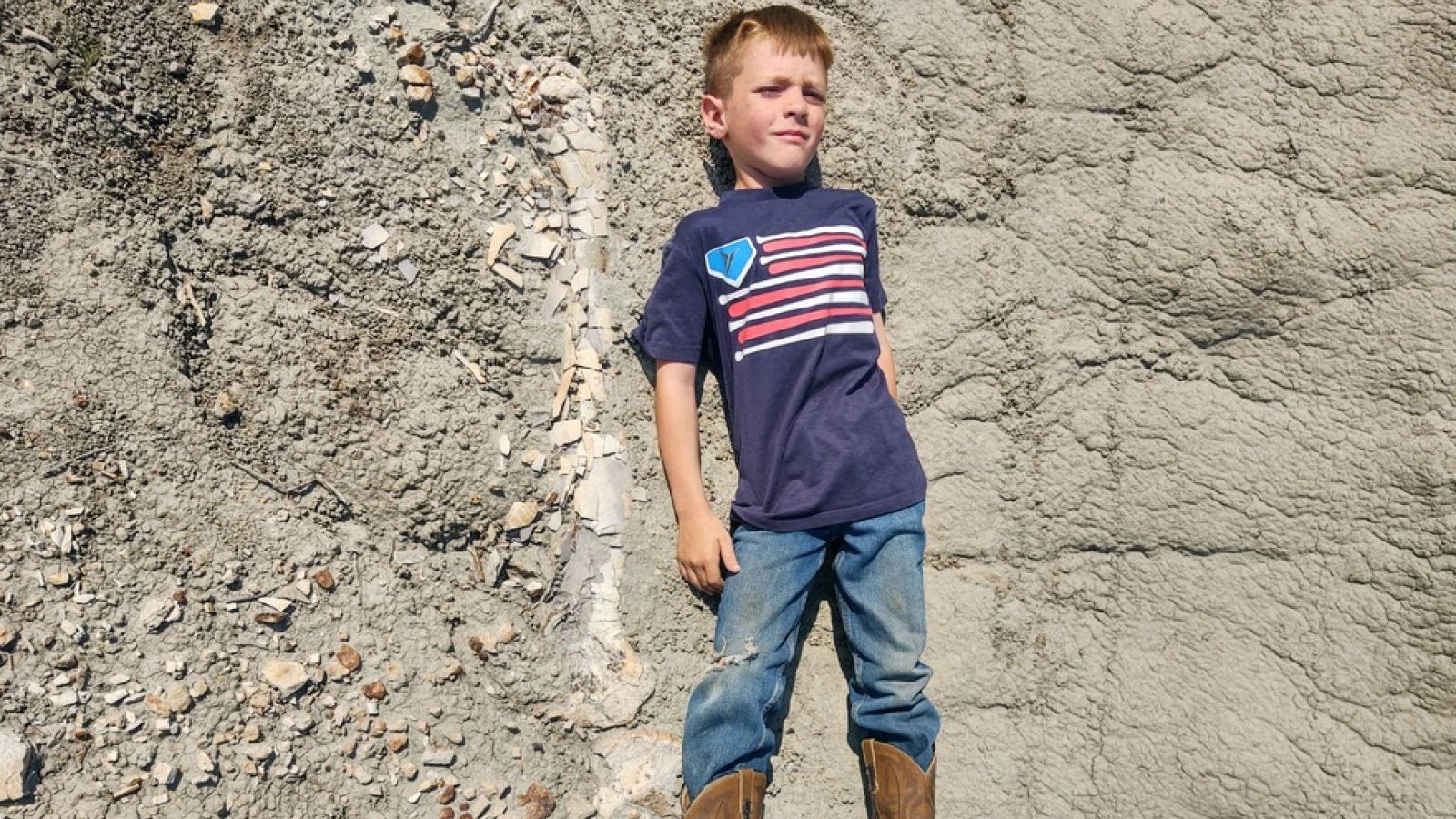
Kids discover extremely rare teen T. rex fossils sticking out of the ground during North Dakota Badlands hike
By Patrick Pester published
'Teen Rex' is about to go on display for the first time and appear in a new T. rex documentary, thanks to a discovery made by three young boys.
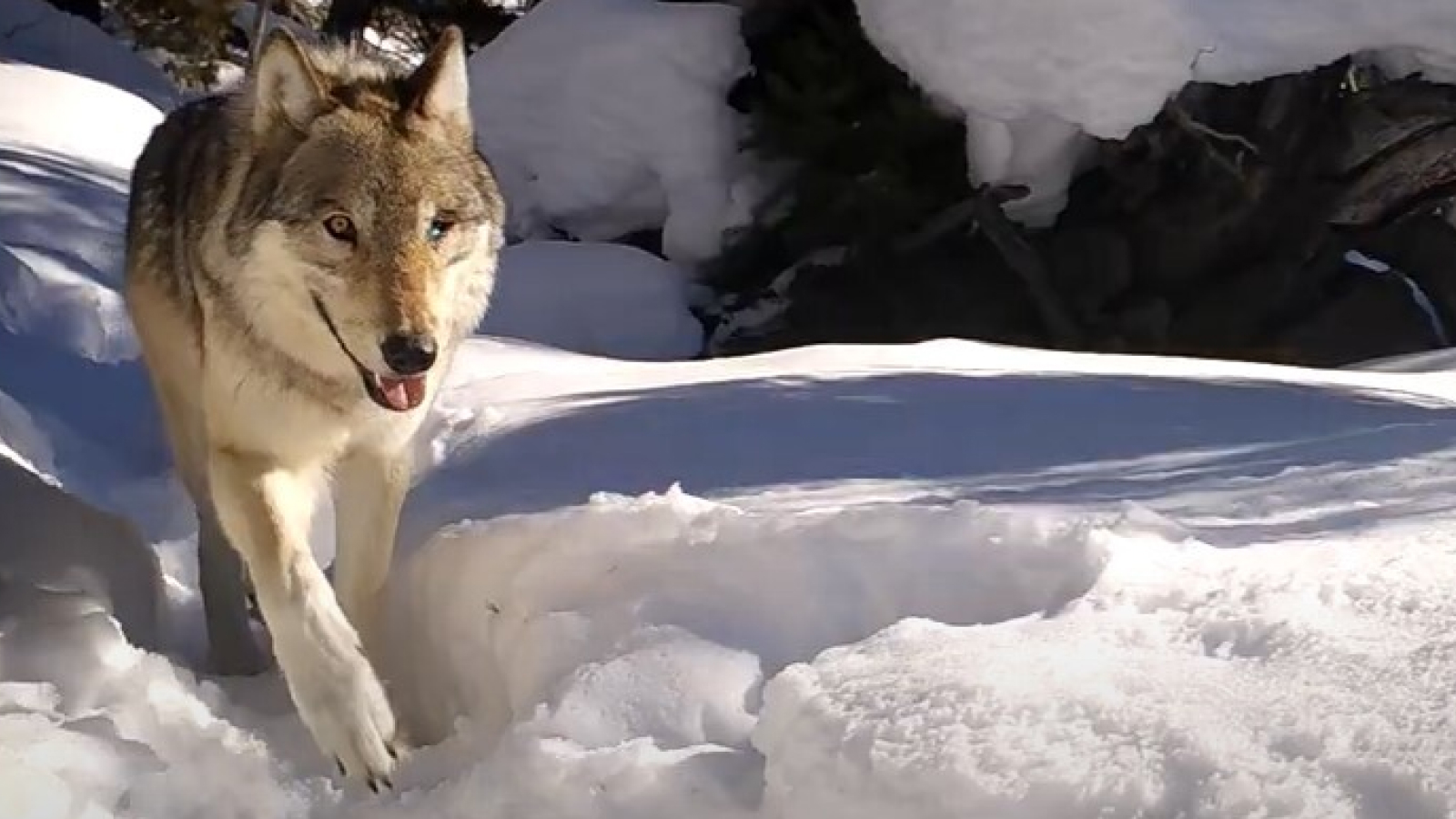
'She is so old': One-eyed wolf in Yellowstone defies odds by having 10th litter of pups in 11 years
By Patrick Pester published
Wolf 907F recently gave birth to her 10th litter of pups, which researchers say is likely a Yellowstone National Park record.
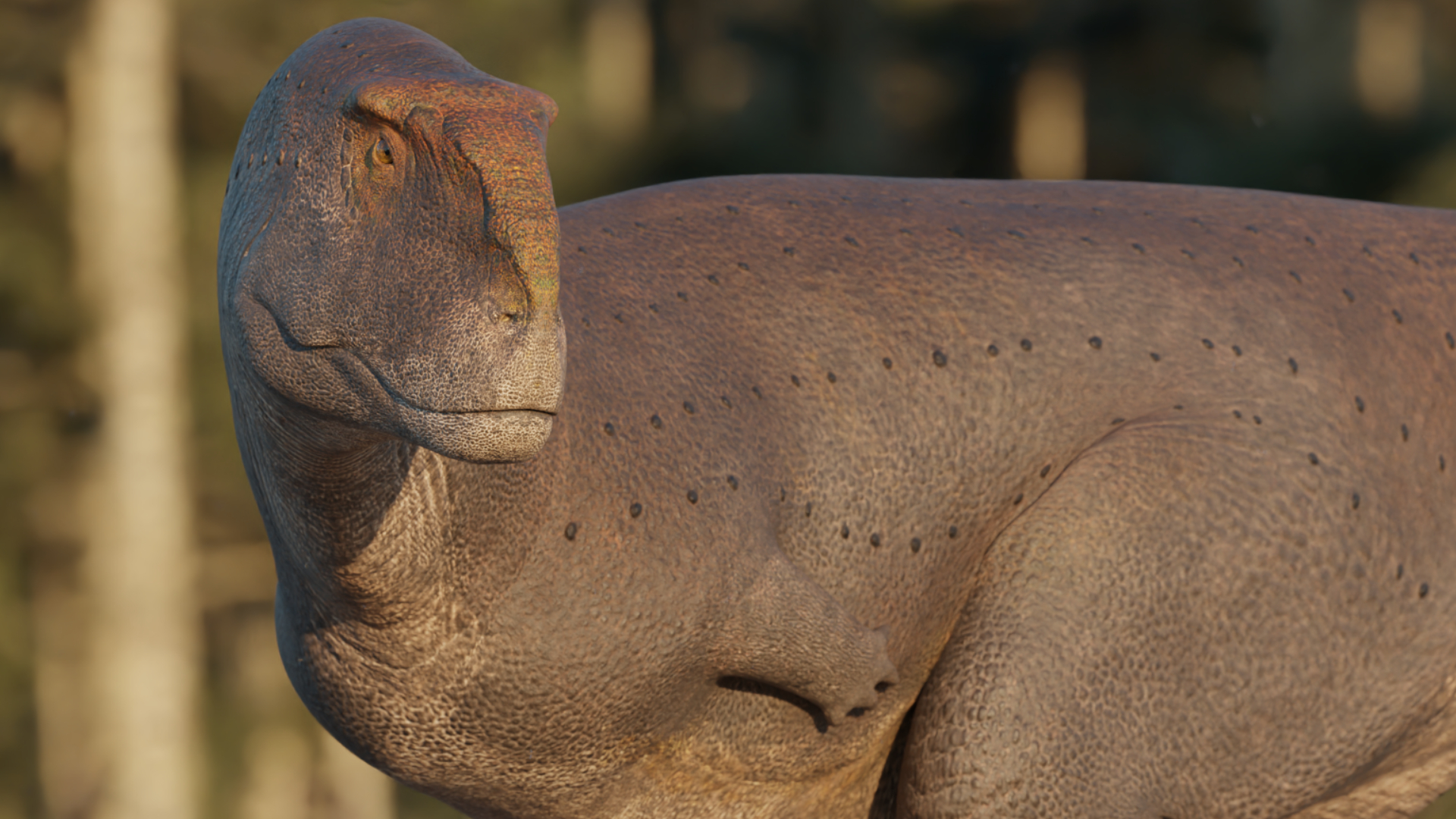
If you thought T. rex had tiny arms, wait until you see this apex predator's ridiculously tiny appendages
By Patrick Pester published
Newly discovered dinosaur — the apex predator of its environment — had a weirdly flat skull compared to its contemporaries, along with ridiculously small arms.
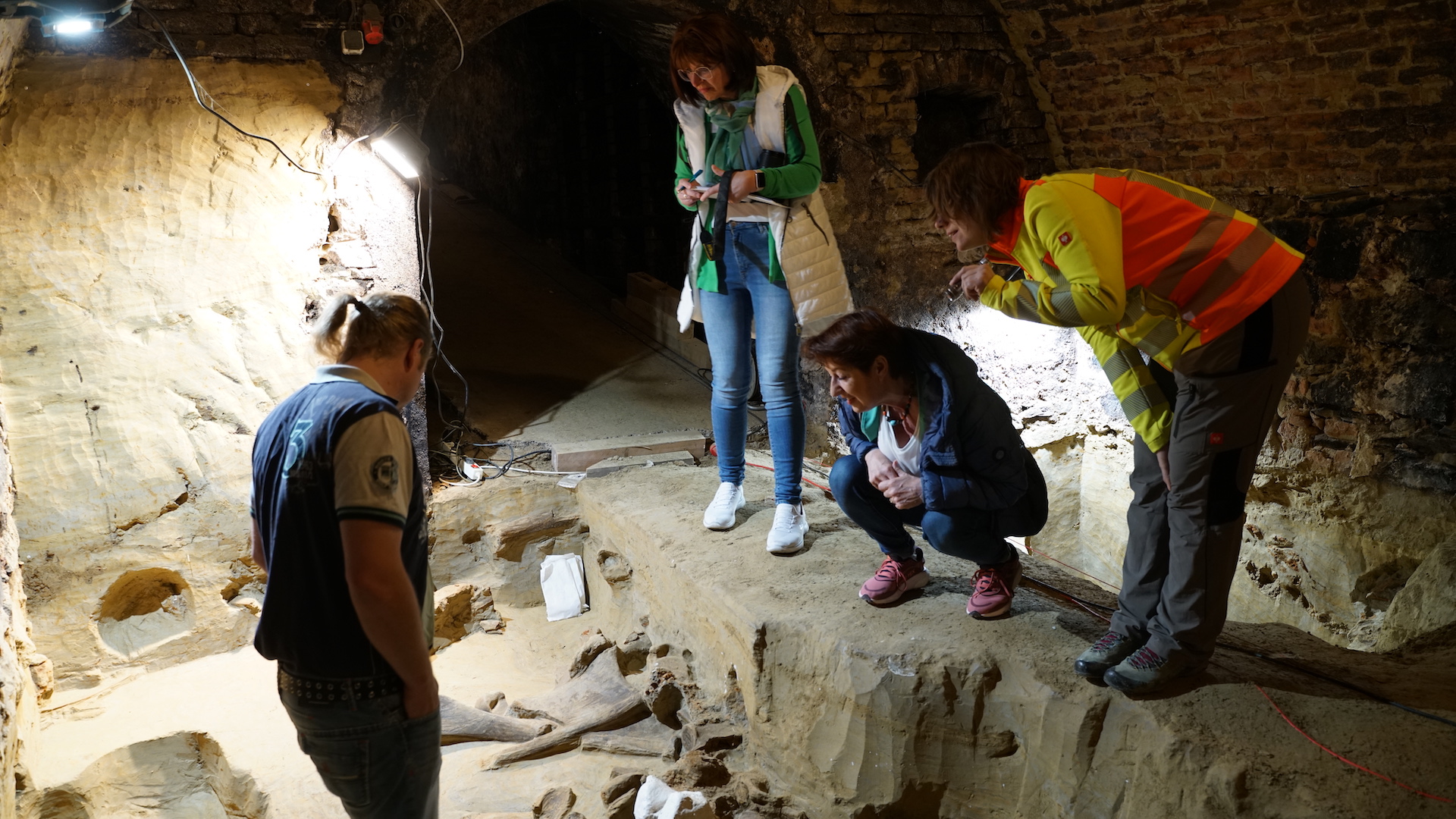
'Archaeological sensation': Winemaker discovers hundreds of mammoth bones while renovating his cellar
By Patrick Pester published
Researchers have excavated over 300 bones from at least three mammoths in an Austrian wine cellar, potentially suggesting they were butchered by humans.

32 optical illusions and why they trick your brain
By Patrick Pester published
Artists and scientists have been creating optical illusions for centuries. Here are 32 mind-bending examples that prove you can't always trust what your eyes are telling you.
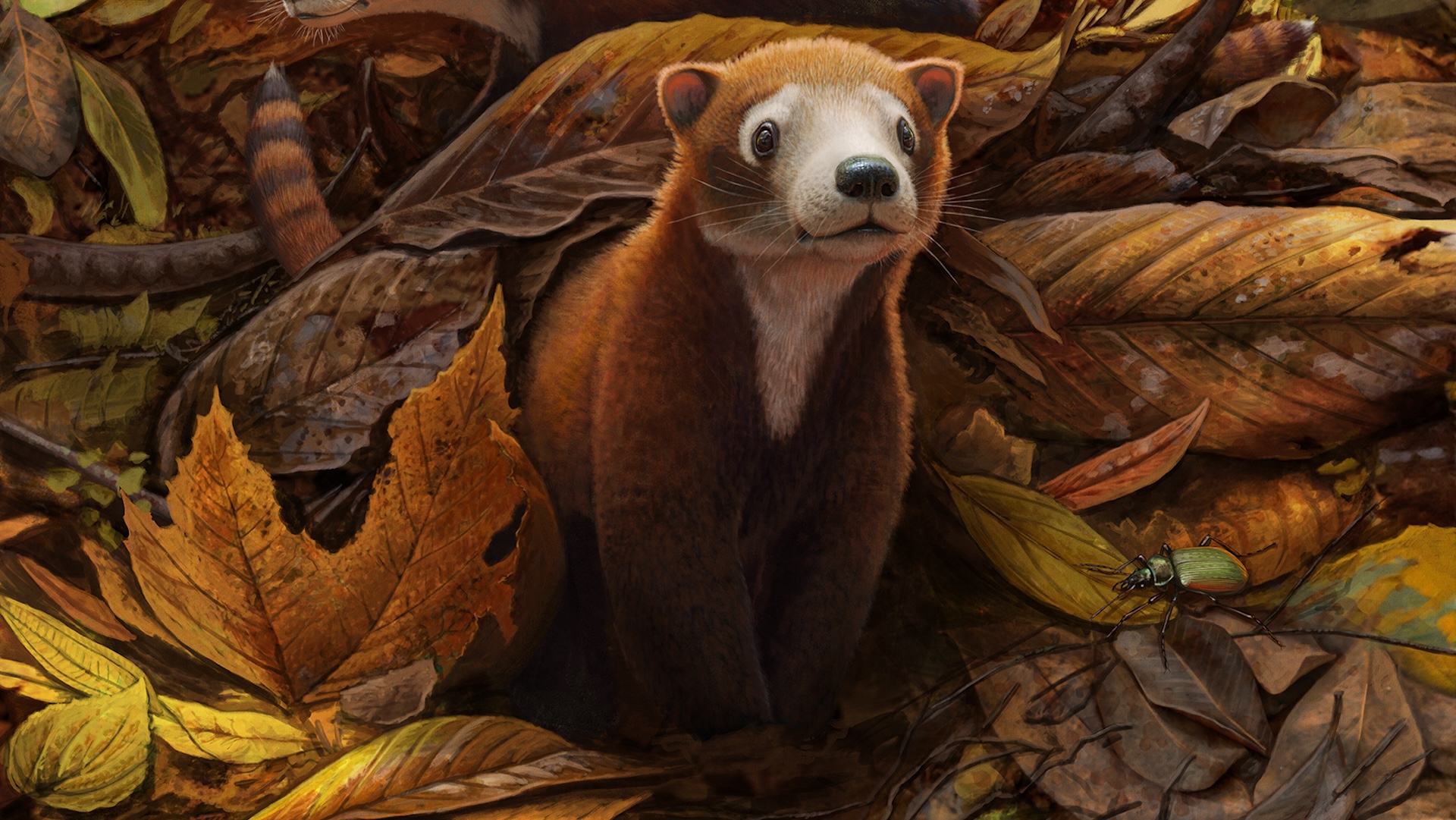
65 million-year-old cow relative looked like a chinchilla and weighed only a pound
By Patrick Pester published
Militocodon lydae, a mammal that looked like a chinchilla but is more closely related cows, roamed what is now Colorado after the nonavian dinosaurs went extinct.
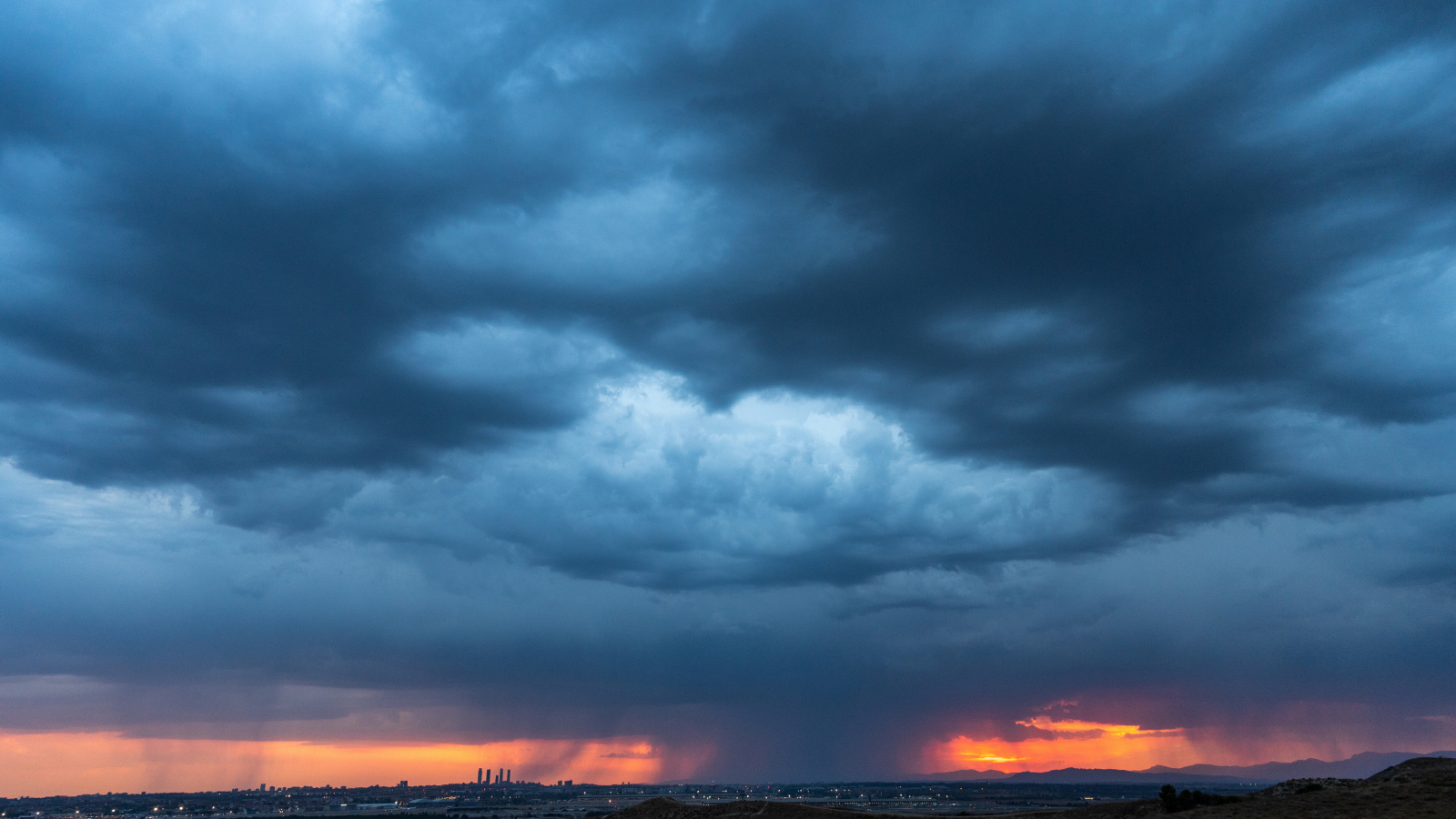
Massive heat wave and a supercell thunderstorm caused deadly, baseball-size hailstones to rain down on Spain
By Patrick Pester published
A giant-hail event that hit Girona in northwest Spain in 2022 was fueled by climate change, with a marine heatwave helping to intensify the storm that killed a small child.
Sign up for the Live Science daily newsletter now
Get the world’s most fascinating discoveries delivered straight to your inbox.
